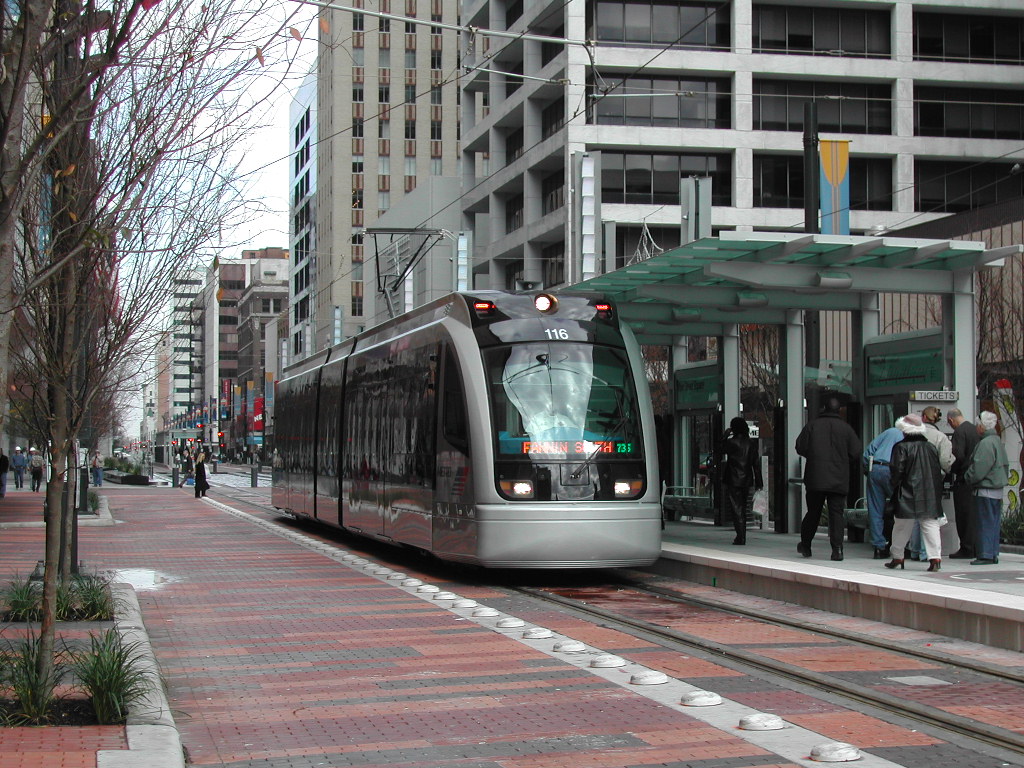 What on earth is University of Houston Athletic Director Mack Rhoades thinking?
What on earth is University of Houston Athletic Director Mack Rhoades thinking?
With UH already being an afterthought in the ongoing negotiations over the reorganization of big-time college athletics, Rhoades this past Friday fired the best coach that UH has had over the past 20 years, baseball coach Rayner Noble.
Not exactly the way to inspire confidence in the alumni base, Mr. Rhoades.
Only in his late-40’s, Noble is already an institution at the University of Houston, where he has spent most of the past 30 years.
Noble initially came to UH in 1980 as an exceptional player from Houston’s Spring Woods High School, where he was the ace of a pitching staff than included Roger Clemens. He became the first freshman in Southwest Conference history to start as a pitcher and in centerfield. In 1983, he won 12 games and posted a 1.32 ERA while becoming the first UH pitcher to be named a consensus All-American and the first UH player to win Southwest Conference Player of the Year honors.
Noble was drafted by the Astros in the 1983 Major League Baseball Draft and quickly moved up the Astros farm system. But after developing chronic tendonitis in his pitching elbow at the Triple-A level, Noble decided to go into coaching, initially as an assistant for long-time UH baseball coach Bragg Stockton and then helping Rice coach Wayne Graham in the early 1990’s lay the foundation of the ultra-successful Rice program. During an era in which UH administrators were not making very good decisions, UH unexpectedly made the good decision to hire Noble as head baseball coach in 1994.
UH has been richly rewarded for that decision. Over the past 16 seasons, Noble guided the UH baseball program to three NCAA Super Regional berths over a four year period from 1999-2003, eight NCAA Regional appearances, three Conference USA regular-season titles and three C-USA Tournament championships. In so doing, he chalked up a 551-420 record, including a record-breaking 48 wins in both the 2000 and 2002 seasons.
With the exception of Leroy Burrell’s elite UH track program, no other UH coach comes even close to Noble’s accomplishments during that period.
But what made Rayner Noble truly special at UH was that he loved and understood his alma mater. Playing in an inferior conference and without comparable financial resources, UH could rarely compete with programs such as Texas, Texas A&M, Baylor or local powerhouse Rice for elite players coming out of high school. Consequently, Noble specialized in recruiting players who he could develop into solid college players.
In so doing, he developed a large number of excellent players, such as pitchers Ryan Wagner and Brad Sullivan, who in 2003 were the first UH players selected in the first-round of the MLB Draft.
Moreover, given his experience as a professional player, Noble understood the vagaries of fashioning a successful college career into a spot on an MLB roster. Thus, Noble always emphasized to his players the importance of completing their college education. Noble’s players were true student-athletes – if a player didn’t attend class, he didn’t play for Rayner Noble. Several UH professors confided to me over the years that Noble was by for the easiest coach that they ever worked with in regard to an academic problem of a student-athlete. Not surprisingly, Noble was highly-respected and well-liked by most UH faculty members and administrators.
So, what was that performance, integrity, loyalty and wisdom worth when Noble’s teams suffered back-to-back losing seasons over the past two seasons?
Apparently, not much.
Make no mistake about it, the firing of Rayner Noble is a sad commentary on the state of intercollegiate athletics. Rather than looking at the big picture and the enormous contributions that Noble has made to student-athletes and the school, AD Rhoades and UH made a decision based narrowly on short-term results at a time when UH athletics desperately needs to be thinking for the long term.
Without the financial resources of the other major Texas universities, the University of Houston used to stand for unusual commitment to its coaches. Bill Yeoman, Guy V. Lewis, and the late Dave Williams were examples of the long-term excellence that UH used to achieve in intercollegiate athletics as a result of that commitment.
The firing of Rayner Noble reminds us that UH dispensed with that wise policy long ago.
As a result, the University of Houston has just lost much more than a baseball coach. The university lost a part of its soul.
UH will find another baseball coach.
But that lost part of UH’s soul will be much harder to replace.









